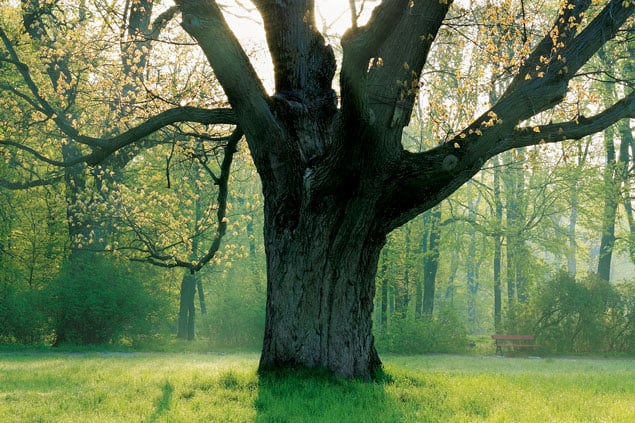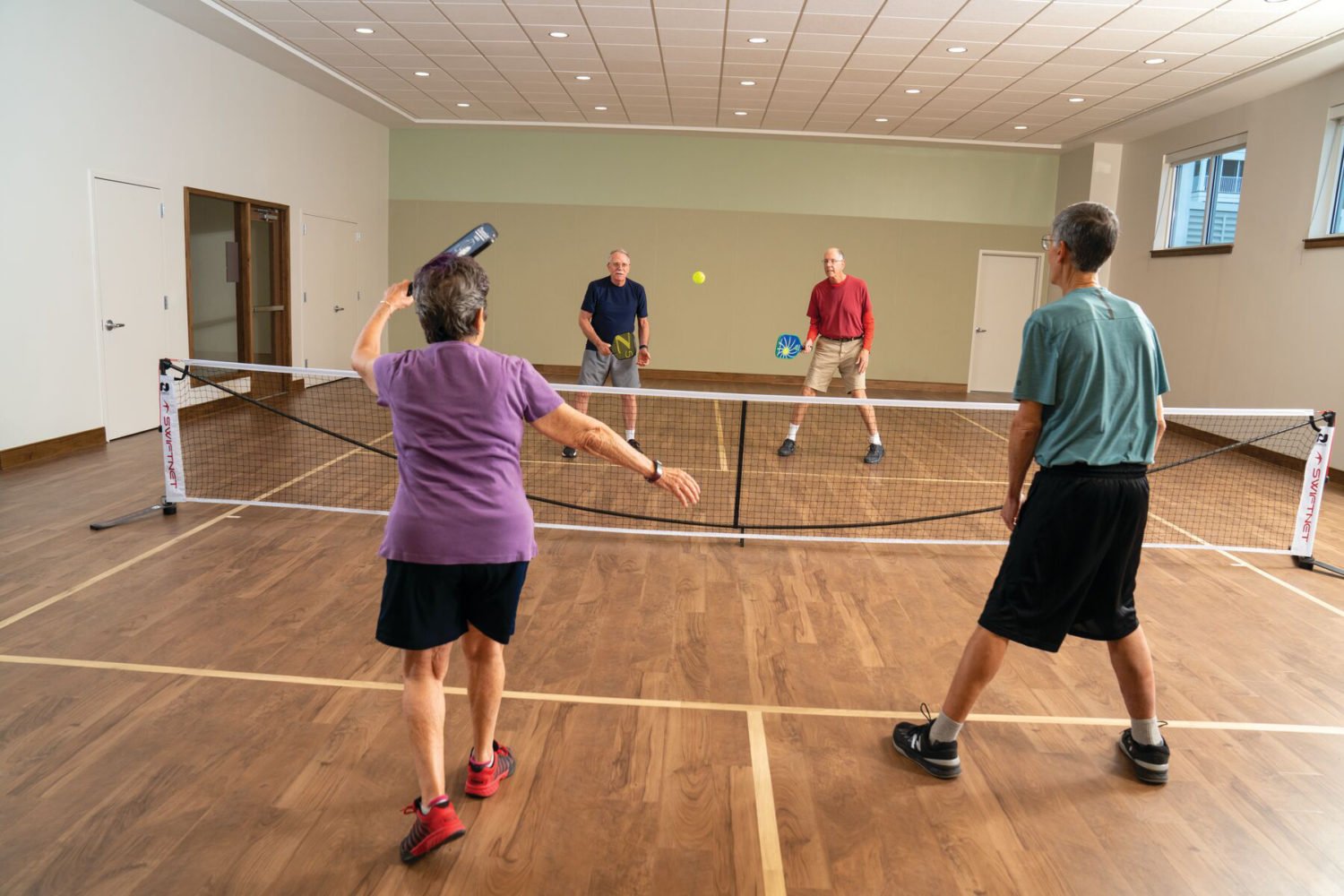Allergists in Washington know exactly when to prepare for long days at the office—when trees begin to show green leaves, flowers start to blossom, and a fine layer of yellow dust coats cars and sidewalks.
Spring is in bloom, but what should be a time to welcome warmer weather and sunny skies often turns into an urgent need to stock up on tissues, allergy medicine, and eye drops.
“There’s a greater sense of desperation to get into the office in the spring,” says Maryland allergist Mark D. Scarupa of the Institute for Asthma & Allergy. “The phone rings more than any other time of the year.”
Contrary to popular belief, it’s not the tulips and cherry blossoms that have many Washingtonians sneezing, rubbing their eyes, and maybe suffering from springtime eczema. A number of offenders are to blame in our area, but the worst is tree pollen.
A 2010 survey conducted by Walter Reed Army Medical Center found that tree pollen accounts for 91.2 percent of Washington’s total pollen accumulation each year, followed by just 3.2 percent from grass during the summer and 3.8 percent from ragweed in the fall. Among tree types, oaks produce almost half of the tree pollen in Washington.
“We know that when cherry blossoms are blossoming, at the same time we’re getting atrociously high oak counts,” Dr. Scarupa says. “It’s the 10,000 oak trees within a square mile that are giving people problems.”
Trees cause the most suffering during spring due to the way they’re pollinated, explains Dr. Daniel Ein, director of the Allergy, Asthma, and Sinus Center at George Washington Medical Faculty Associates: “Trees and grass weeds pollinate through the air, while bees pick up pollen in flowers and transfer it to other flowers.” The air that causes us to sneeze and sniffle is filled not with flower pollen but with tree pollen.
That’s why the theory that local honey can cure allergies is unfounded, experts say. “The thought is if you put pollen in your mouth every day, it can reduce symptoms,” Scarupa says. “The major problem with this hypothesis is that flower pollen doesn’t get aerated, so it’s not what’s giving us problems.”
Fortunately, there are tried-and-true methods for tackling allergies, starting with what doctors call “common sense” treatments. The first step is avoidance. Says Dr. Richard C. Loria of Allergy and Asthma Associates in Northern Virginia: “In an ideal world, you would avoid what’s causing your problem.”
When there’s a high pollen count, you should shut your windows at home and turn on the air conditioner; the same goes for car windows. If you do venture outside, wash your hair, hands, and face afterward to remove pollen.
Clearing your nasal passages once a day using a spray, neti pot, or sinus-rinse bottle can also soothe symptoms, Ein says, adding that you should always use saline solution or distilled water when rinsing; tap water could lead to bacteria-causing infections.
The next step is to find an over-the-counter medication that works for you. The best strategy for those with minor allergy symptoms, Ein says, is to take one antihistamine pill daily for however long symptoms last: “It’s much better just to take it every day and get ahead of the symptoms. Otherwise, you’re going to go on a symptom roller coaster.” If over-the-counter medications don’t work, Ein says, the next step would be a prescription drug.
Immunotherapy is another option; it’s effective for 80 percent of allergy sufferers, especially those who experience no relief from antihistamines. It’s a lengthier process that begins with an allergy test. If the results reveal that a patient is allergic to oak pollen, for example, the allergist will create an extract of the pollen, which is injected into the patient starting weekly, then at less-frequent intervals over three to five years. The dosage increases each time. Eventually, Ein says, “the body no longer thinks that oak pollen is the enemy and it stops reacting as if under attack.”
One advantage to immunotherapy is that the extract is not a drug that must be taken every time you feel a sneeze coming. “We’re administering the same proteins people inhale in daily life,” Loria says. Research shows that over time immunotherapy can reduce allergic nasal and asthmatic symptoms and provide long-term relief without medication.
Ein sees major advances on the horizon that could replace a weekly allergy shot. A pill that dissolves under the tongue and gradually reduces allergy symptoms has been approved by the Food and Drug Administration. Patients would have to take a daily pill for three to five years, but relief begins within months.
In the meantime, Ein says allergy sufferers should first see their primary-care doctor if over-the-counter antihistamines aren’t providing good results. If symptoms worsen, it’s time to see an allergist to figure out a course of treatment. Says Ein: “The best treatment is the one that gives you the greatest relief.”
This article appears in the April 2014 issue of Washingtonian.













